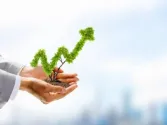What carbon capture and storage technology can do
By Alice GibsonMuch of the world’s future energy growth, especially in the power sector, will be in Asia. The use of fossil fuels to meet this demand – unless coupled with carbon capture and storage (CCS) technology – will lead toeven more dangerous levels of greenhouse gases entering the atmosphere and harmful climate change.
CCS involves capturing carbon dioxide (CO2)produced by large stationary emission sources, compressing it for transportation and then injecting it deep into a rock formation at a carefully selected and safe site, where it is permanently stored.
But CCS is not just a low–emissions technology applicable to power stations. It is the only technology that can achieve large–scale emissions reductions from industry, where in some cases CO2 is produced or separated as an inherent part of the process and, therefore, capturing it is not as expensive as in the power industry.
One of the key barriers to implementing CCS is cost, so it may come as a surprise to some that CCS is actually cost competitive with other low–emissions technologies. Of course, it makes sense for countries that can access options such as geothermal power, hydropower and onshore wind to do so first, but CCS is actually less expensive than solar thermal, PV and offshore wind.
The more important consideration, however, is relative cost. The cost of solar is coming down, particularly in Asia, but by the same token, it has an advantage in that many countries provide subsidies for solar.
This kind of support is a valid and important way of incentivising investment in technology.
The cost of CCS, like solar and any other new technology, will decreasewith greater use. But it too will require investment incentives and other policy support to become commercially competitive in the future.
CCS is already being deployed in several Asian countries at large and small or pilot scale. Related activities in the region include capacity development programs; scoping studies; CO2 storage mapping; and workshops about legal, regulatory and permitting issues.
China, Indonesia, Japan, Korea, Malaysia and Taiwan are all taking an interest in CCS, but China is the clear leader in the region. It has 12 large scale CCS projects in various stages of development in a range of industries, including power generation, chemical production and natural gas processing.
It is ‘learning by doing’, with several small scale and pilot projects already in operation, as well as conducting research, so that the lessons learnt can be applied to additional CCS projects down the track.
It is clear that, without CCS, the world can’t continue to use fossil fuels as the primary source of energy and achieve its emissions reduction goals … and neither can Asia.
CCS is therefore a vital component in a portfolio of low–emissions technologies required to mitigate the harmful effects of climate change and provide energy security globally. But to achieve its full potential, climate change and clean energy policy support must apply to CCS.



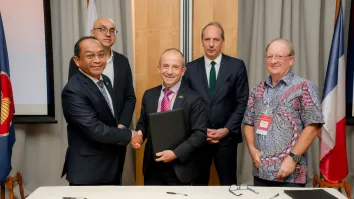

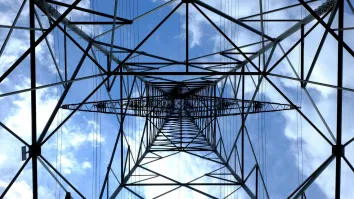

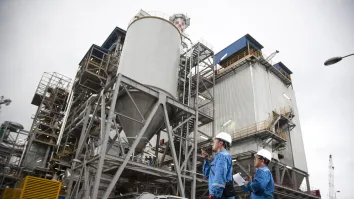
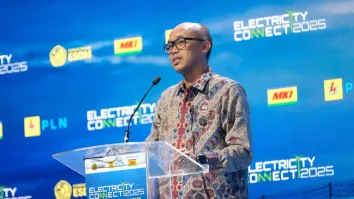



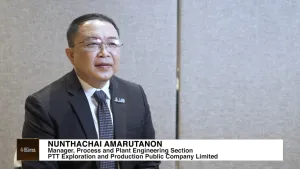
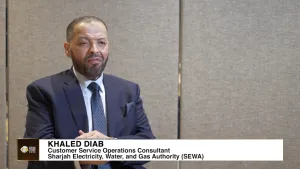
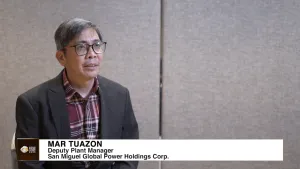
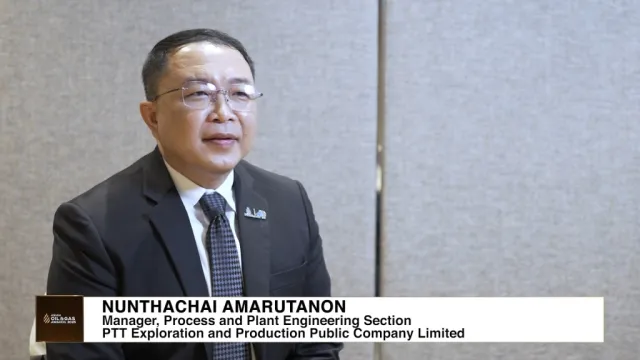

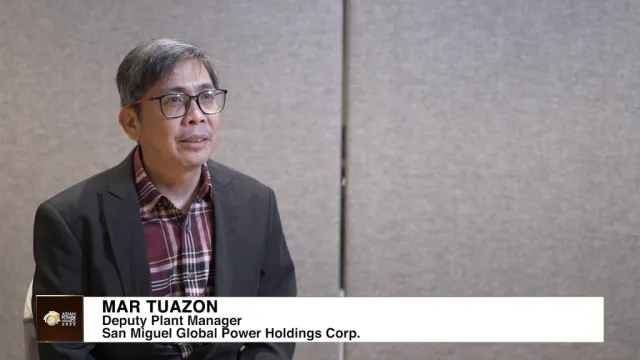
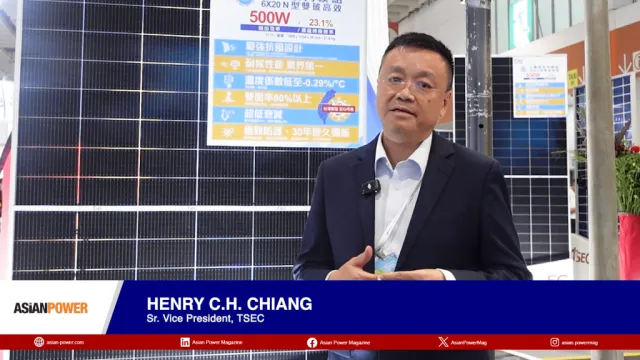

 Advertise
Advertise





